Evolutionary Genetics of Interactions Group
Members

Ingénieur d'études CDD
CNRS
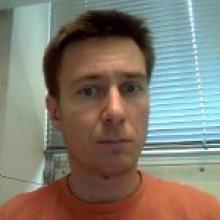
Maître de conférences
UCBL
Tel: 04 72 43 29 16
Post-doc
CNRS

Chargé de recherche
CNRS
Tel: 33 04 72 43 29 12
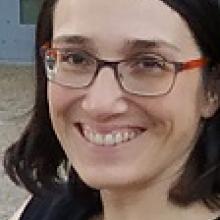
Maîtresse de conférence universitaire
UCBL
Tel: 04 72 43 29 16
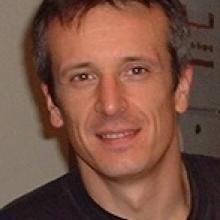
Professeur des universités
UCBL
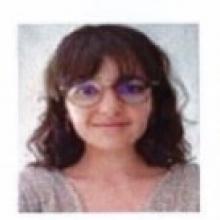
Doctorante
CNRS
Tel: 04 72 44 81 42

Chargée de recherche
CNRS
Tel: 33 04 72 44 81 01
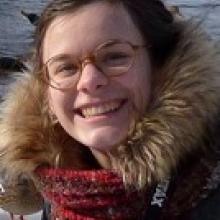
Doctorante
INSA
Tel: 04 72 44 81 42

Maîtresse de conférences
UCBL
Tel: 04 72 43 29 10

Doctorante
UCBL
Tel: 04 72 44 81 42
Doctorante
UCBL
Doctorante
UCBL
Assistante ingénieure CDD
UCBL

Maître de conférence universitaire
UCBL
Tel: 33 04 72 44 81 01

Directeur de recherche
CNRS
Tel: 33 04 72 43 19 21

Professeure des universités
UCBL
Tel: 33 04 72 44 82 16
Professeur des universités
VetAgro-Sup
Tel: 33 04 78 87 27 02
Living systems are made up of a multitude of interlocking levels of organization, involving cooperation and conflict. Cooperation and the selection of systems operating in a coordinated manner has allowed so-called "major" evolutionary transitions, towards new scales of individuality, such as the eukaryotic cell. Nevertheless, natural selection continues to operate at all scales, generating possible evolutionary conflicts between the different components of the individual.
Our research is in line with this perspective, and aims to better understand the nature and evolutionary implications of the interactions between the multiple components of organisms, from genes to symbiotic bacteria, viruses and transposable elements. We also explore the impact of these interactions on the dynamics of genetic information, through horizontal transfer, or on genetic innovation and adaptation, through domestication. Our research, mainly experimental, but also theoretical, is implemented on arthropod models, and is mainly related to genetics and evolutionary genomics.
The team is structured along two main axis:
- Intragenomic interactions: transposable elements (resp. Marie Fablet)
Ex1: The evolutionary dynamics of transposable elements (TEs) in genomes, in relation to their natural variability. Our models include natural populations of Drosophila melanogaster and D. simulans, as well as species of agronomic or societal interest, such as the invasive species D. suzukii or the tiger mosquito Aedes albopictus.
Ex2: Interactions between ET control and anti-viral immunity. We are studying the molecular mechanisms of RNA interference at the origin of the entanglement of these two processes, as well as the co-evolutionary implications, using experimental infections of different viruses on several Drosophila lines.
People involved : CV, MB, MF
- Symbiosis, the driving force of evolution (resp. Natacha Kremer)
Ex1 : Certain symbiotic bacteria provide metabolic capacities that the insect lacks. We are analysing these interactions in haematophagous insects (bedbugs, ticks) and phytophagous insects (the whitefly Bemisia tabaci) using approaches combining phenotype analysis, genetics, physiology and metabolomics.
Ex2: Parasitoid insects have domesticated viral genes enabling them to bypass the immune responses of their hosts. We are studying the frequency and adaptive significance of these events and, more generally, looking into the factors structuring horizontal transfers in host-parasitoid communities.
People involved: NK, LM, LZ, JMD, JV, FV, SC
Publications
Display of 391 to 392 publications on 392 in total
Selection against transposable elements in D-simulans and D-melanogaster
Genetical Research . 68 : 9-15
Journal article
see the publicationComportement de rétrotransposons (copia mdg1 gypsy et 412) dans les populations de Drosophila melanogaster et D. simulans
incollection . -- : 313-325
Journal article
see the publication